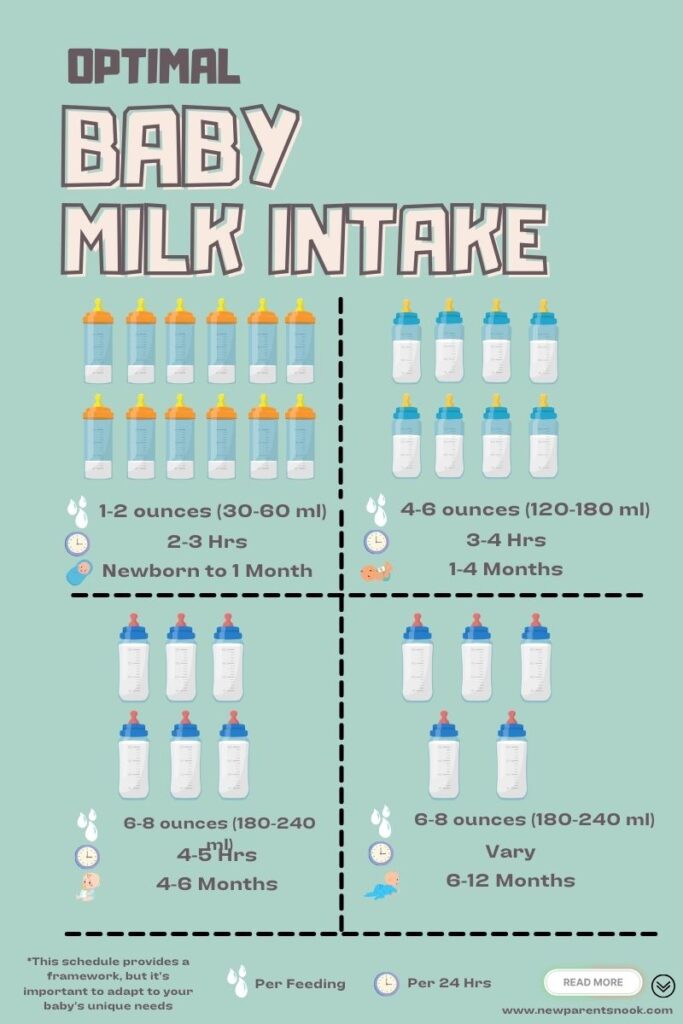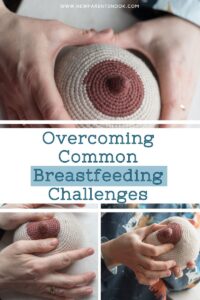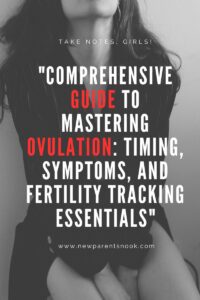Some links on our blog are affiliate links, meaning at no extra cost to you, we may earn a commission if you purchase through them. We participate in the Amazon Affiliate Program, and we recommend products we believe in. Your support helps us keep providing valuable content. Thank you!
Understanding the right amount of milk for your baby from newborn stages through to their first year is crucial for parents navigating the early days of parenthood.
This comprehensive guide breaks down the essential milestones in milk consumption, ensuring your little one receives the nutrition they need for healthy growth and development.
Discover the keys to a well-nourished baby, including signs of adequate milk intake, transitioning to solid foods, and maintaining a balanced diet as your child grows.
The amount of milk a newborn to 1-year-old needs can vary significantly as they grow and their dietary needs change.
Here’s a general guideline based on age:
Newborn to 1 Month
- Frequency: Every 2-3 hours, including nighttime, totaling about 8-12 feedings in 24 hours.
- Amount: 1-2 ounces (30-60 ml) per feeding.
- Gradually increasing as the baby’s stomach grows.
1 to 4 Months
- Frequency: Every 3-4 hours, totaling about 6-8 feedings in 24 hours.
- Amount: 4-6 ounces (120-180 ml) per feeding.
- Adjusting based on the baby’s hunger cues.
4 to 6 Months
- Frequency: Every 4-5 hours, totaling about 5-6 feedings in 24 hours.
- Amount: 6-8 ounces (180-240 ml) per feeding.
- At this stage, some babies may start to show readiness for solid foods, which can affect milk intake.
6 to 12 Months
- Frequency: 4-5 feedings in 24 hours as solid foods are introduced.
- Amount: 6-8 ounces (180-240 ml) per feeding.
- The total daily milk intake might decrease as the baby starts eating more solids.
- By 12 months, babies may need about 16-24 ounces of milk per day, alongside a variety of solid foods.
Breastfeeding: If you’re exclusively breastfeeding, the frequency of feedings can vary, as breastfed babies may eat more often than formula-fed babies. It’s recommended to feed on demand — this means feeding your baby when they show signs of hunger, such as rooting, sucking on their hand, or fussing. As babies get older and more efficient at breastfeeding, the duration of each feeding may decrease.
General Tips
- Watch for Hunger and Fullness Cues: Babies are good at regulating their intake. Look for signs they’re hungry or full, and be prepared for variations in appetite.
- Consult Your Pediatrician: These guidelines are general. Some babies may need more or less milk due to their growth needs. Consult with your pediatrician if you have concerns about your baby’s intake or growth patterns.
- Transitioning to Solid Foods: As solid foods are introduced around 6 months, continue offering breast milk or formula as the primary source of nutrition up to 12 months. Solid foods should complement milk feedings, not replace them, until after the first year.
Note: These are general guidelines, and baby needs can vary based on factors like growth spurts, overall health, and whether they’re exclusively breastfed, formula-fed, or both. It’s important to pay attention to your baby’s hunger cues and consult with a pediatrician to ensure your baby is getting enough nutrition for healthy growth and development.
This schedule provides a framework, but it’s important to adapt to your baby’s unique needs. Some days they may drink more or less than usual, which is normal. Monitoring growth, development, and satiety cues will help ensure your baby is getting the nutrition they need as they grow.








